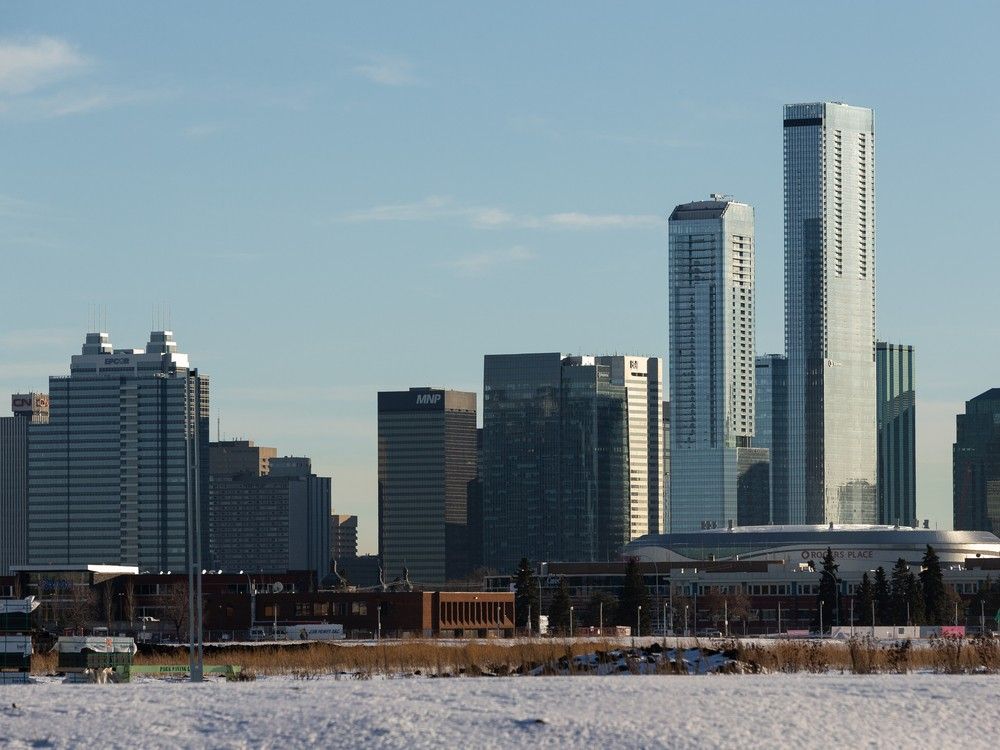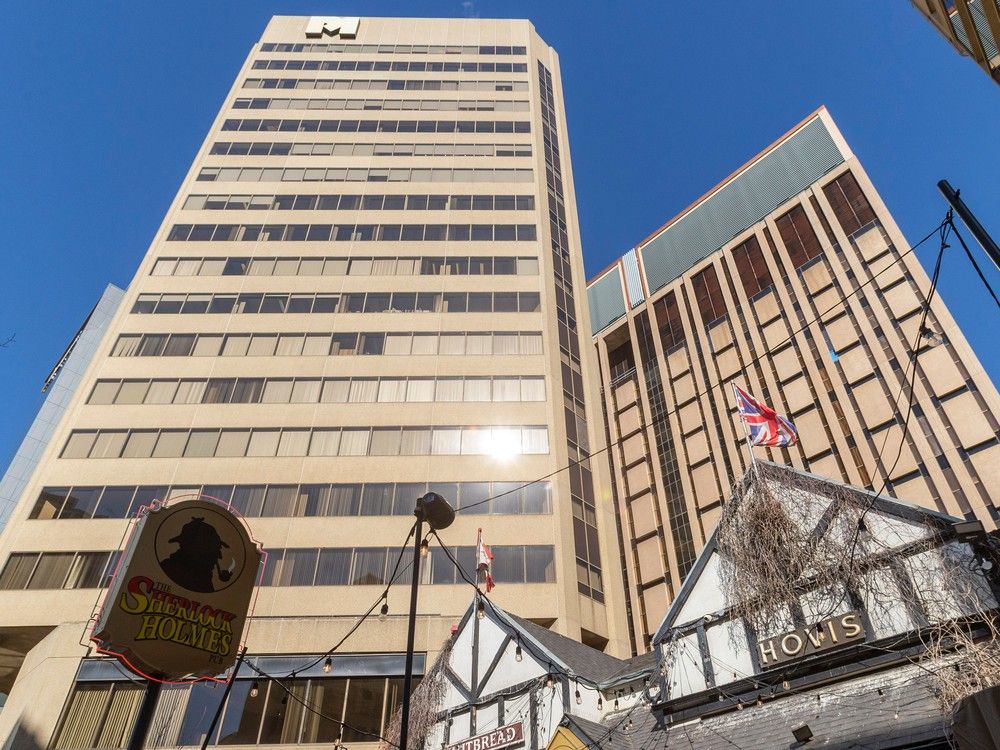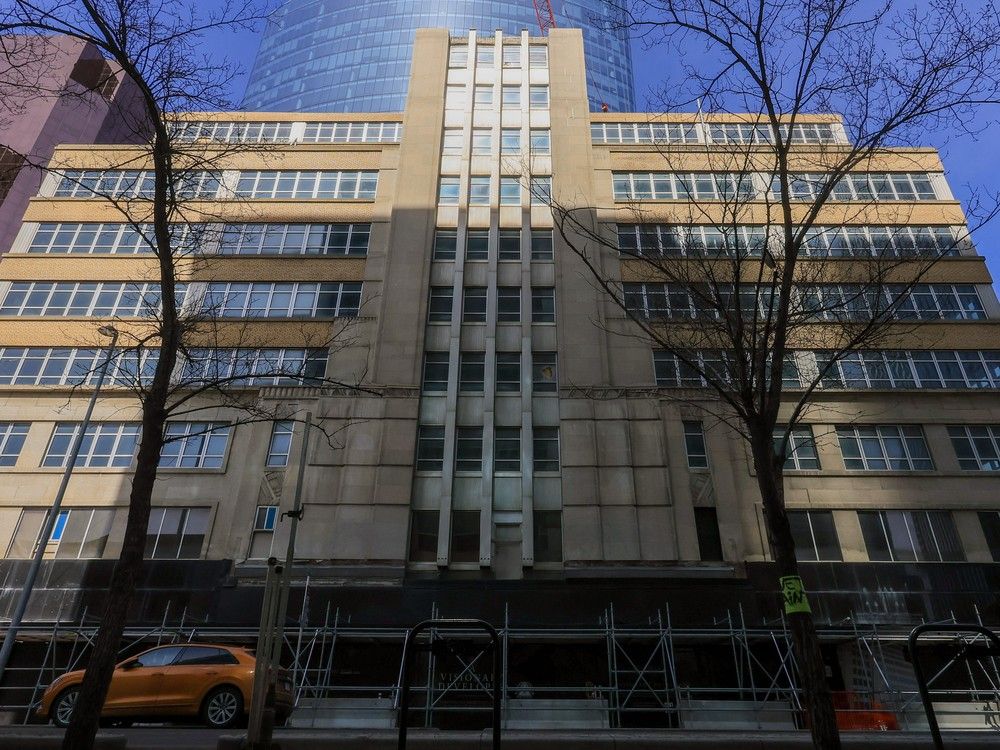cmd uw
Active Member
No. it is not considering how many costs are front ended by private developers.Do you consider suburban sprawl subsidized?
|
|
|
No. it is not considering how many costs are front ended by private developers.Do you consider suburban sprawl subsidized?
See the downtown arena CRL. Subsidized up front and paid for with future taxes. Billions of investment dollars followed in or near the arena district. Downtown would be downright pathetic without this public subsidy.I am not necessarily opposed to financial incentives to get more shovels in the ground, but I think we need to be clear what developers are asking for -- public subsidies. I would be interested in knowing what kind of advice council was getting behind closed doors. Maybe the analyses showed that incentives would only move taxable development around the city and not create net new development. Bottom line is that the city has to get something for its money and if the development community cannot clearly demonstrate there is a value-add then they shouldn't get an incentive.
If the neighborhoods don’t generate enough tax revenues to cover costs, who is paying for it?No. it is not considering how many costs are front ended by private developers.
Do older neighbourhoods that are predominantly low density residential 'pay' for the services they require even with their higher assessed values....no. The reality is commercial and industrial properties provide the bulk of the tax revenue. Low density residential properties are leaches with respect to services, doesn't matter if they are located in a mature community or new.If the neighborhoods don’t generate enough tax revenues to cover costs, who is paying for it?
If not the developers/residents, and instead the city out of its general tax base, is that not a subsidy?
It might not be direct and a grant. But if we needed neighbourhoods to breakeven, suburban homes would be more expensive and impact profitability.
Whereas a high density project Downtown is a net positive tax payer. So offering a direct incentive to keep prices lower makes sense.
No. it is not considering how many costs are front ended by private developers.
I agree. But that’s why we’re pushing for infill and densification of those mature areas. And why it’s worthwhile to incentivize development in these areas to increase their revenue potential. And the SFHs might still not cover their costs in those areas, but the taxes on a 750k house that’s equivalent to a 500k house in the burbs is still contributing more for equal size/infrastructure.Do older neighbourhoods that are predominantly low density residential 'pay' for the services they require even with their higher assessed values....no. The reality is commercial and industrial properties provide the bulk of the tax revenue. Low density residential properties are leaches with respect to services, doesn't matter if they are located in a mature community or new.


The $11.25 million sale, which included the Phipps-McKinnon Building and two neighbouring buildings that are home to Sherlock Holmes and Sorrentino’s, came together on March 19 after nearly one year’s work. As the deal was worked on throughout the year, Josan’s plans had always been to redevelop the space to residential. When the City of Edmonton declined a plea from developers for financial incentives for office-to-residential redevelopments, Josan’s plans didn’t change.

This part is pretty notable:
This too! That's the second company moving into downtown office space after purchasing a property with an intent to redevelop/invest in it.Josan is backing the project by moving its own offices to the building from Edmonton’s southside.
Strategic Group just went through a big restructuring a few years back after filing for creditor protection in 2019... so they're no stranger to owing lots of money.Speaking of office to residential conversions, one of Calgary's notable projects has been haulted part way through construction as Strategic (who did the Capital project on 108 Street south of Jasper Ave) owes money to contractor.
I guess costs are significantly higher than first thought.
Calgary already provides a $75/sq ft subsidy and according to person in story, it needs to be $150 sq.ft. and their rents are nearly 20% higher than ours.
Good luck getting getting that kind of money in these times from municipal governments. I wonder if Edmonton had said yes to $40sqft if developers would have come back and said we need more - the math on these conversions doesn't seem to work for Edmonton based on this Calgary example even if we handed out $100sq/ft or more.
It does sound like YYC is going to try to restart this incentive program. But will $75sq/ft be enough?

Barron Building office conversion halted — signal of sky-high construction costs, industry says
One contractor says they haven't been paid in months and are owed over $300,000.calgaryherald.com




